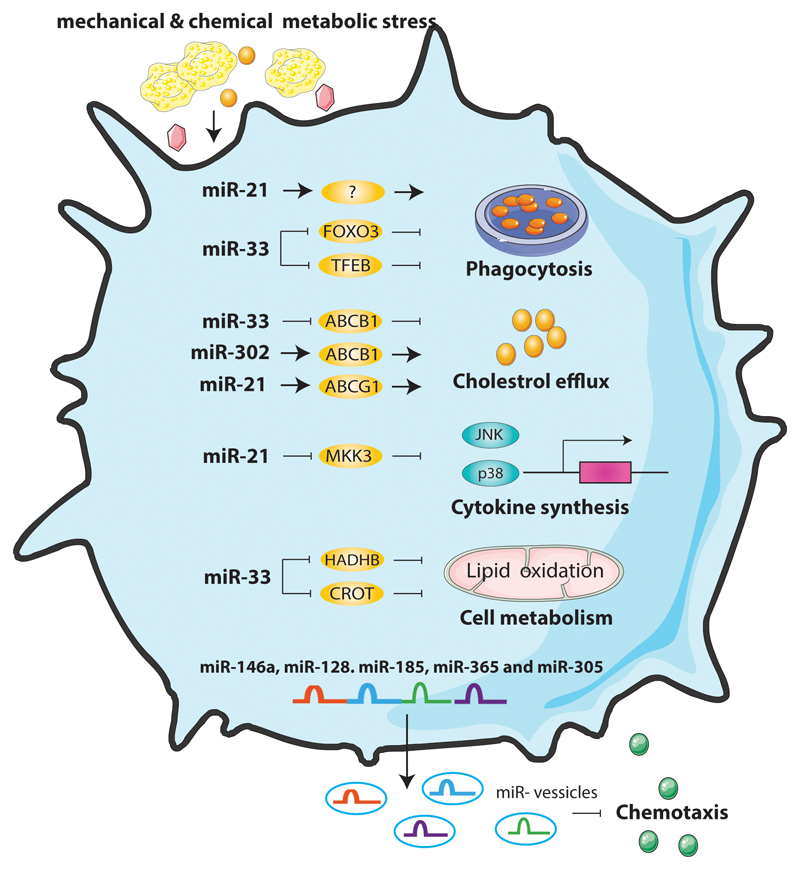Figure 3. The role of miRNAs in regulation of macrophage functions in atherosclerosis.
During atherosclerosis progression, miR-33 expression levels increase in lesional macrophages, suppressing lipid phagocytosis, cholesterol efflux and mitochondrial fatty acid oxidation, thus promoting foam cell formation and inflammation responses. The increased miR-21 levels protect against atherosclerosis by inhibiting the hyperlipidemia-induced cytokine synthesis and promoting cholesterol efflux. MiR-21 also facilitates higher cholesterol efflux out of macrophages. MiRNAs expressed in extracellular vesicles, such as miR-146a, miR-128. miR-185, miR-365 and miR-503, are able to reduce the migration of macrophages, thus attenuating the progression of atherosclerosis.

